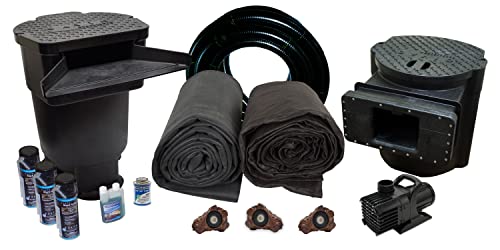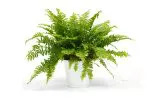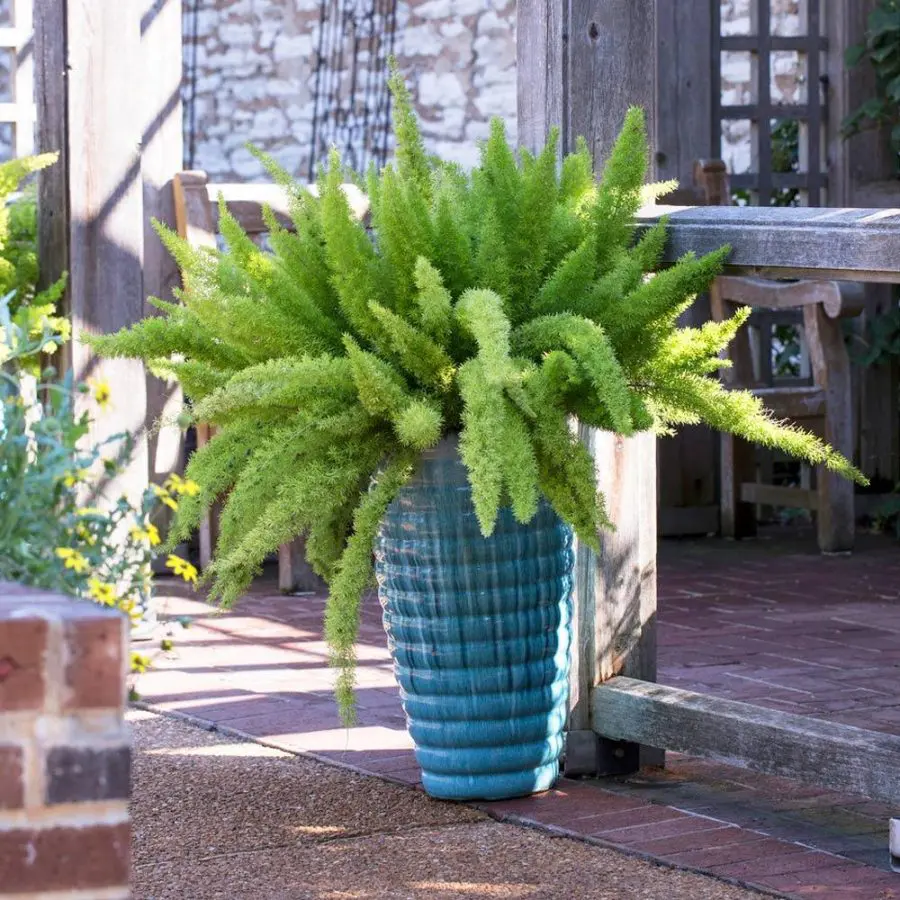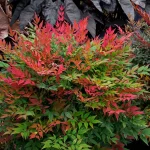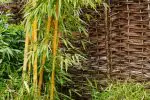This post contains affiliate links. If you buy something from one of our links we may earn a commission. Thanks
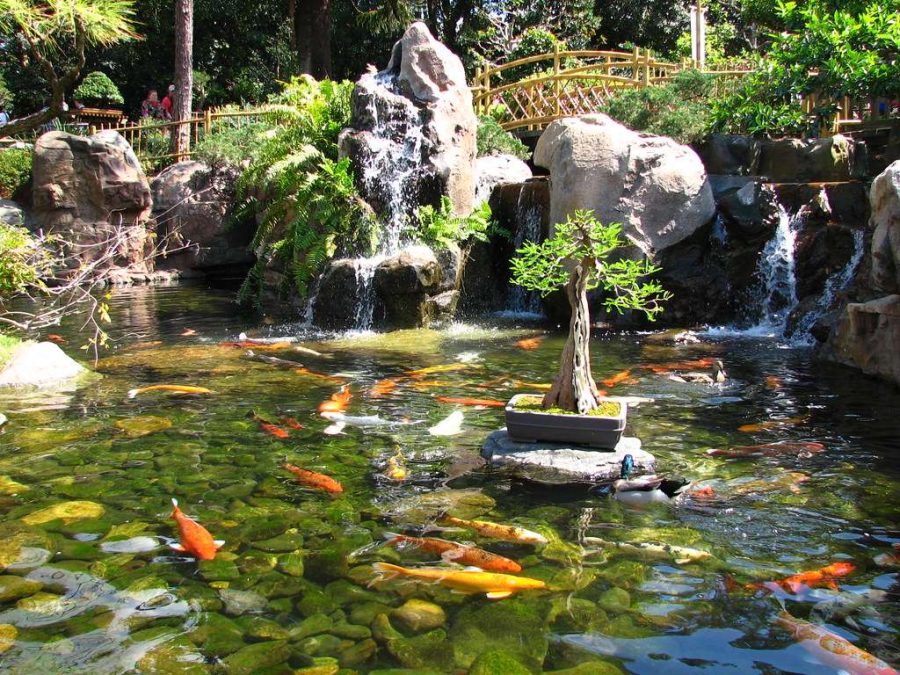
Make a statement with your pond! Discover the secrets to choosing the right pond location and create an aquatic oasis that will make your neighbors green with envy.
Choosing the right pond location for a Koi pond involves considering sun exposure, existing trees, utility lines, and the site’s drainage. It’s crucial to pick a visually pleasing spot that integrates well with the surrounding environment.
Assess the site for potential issues like nearby sewer lines or a high water table, especially in regions prone to flooding. Planning for these factors ensures a low-maintenance, enjoyable Koi pond that blends seamlessly with your outdoor space.
If you’re looking to create a serene outdoor space that’s sure to make a splash, choosing the right pond location is essential.
Whether you’re envisioning a tranquil water feature for your backyard or a grand centerpiece for your garden, finding the perfect spot can be the difference between a lackluster pond and a stunning aquatic oasis.
So, grab your waders and let’s dive into the art of pond placement!
Koi Pond Design – Choosing The Right Pond Location
Armed with a few simple tools, a bit of elbow grease, and a good solid koi pond design you can build an awesome koi pond.
Building a koi pond might look complicated and complex but if you break it down into simple steps and develop a good pond design it’s really pretty easy.
Don’t let the so-called experts scare you or confuse you because building a pond can be a very rewarding experience.
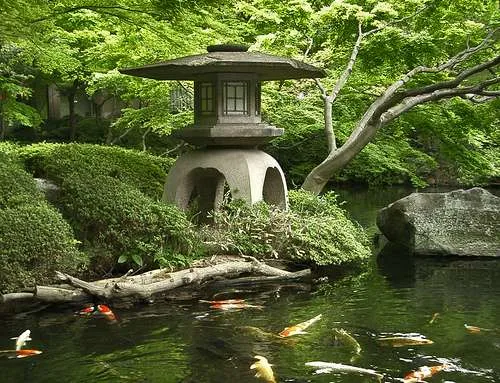
The first step in your koi pond design process is choosing the location of your pond.
Consider not only where your koi pond will go but also how it will be integrated into its surrounding environment.
Your Koi Pond Will Become Your Safe Haven
There’s nothing more relaxing than sitting by your koi pond with a cold one after a hard day at work. It’s a safe quiet place away from the crazy hustle and bustle world we live in.
Imagine as you feel your tensions melting away. In the background, you can hear your waterfall and watch your koi sparkle like jewels in the water.
You built your koi fish pond with your own two hands and it’s your own little slice of heaven on earth.
Think about what it will look like. Imagine sitting there. Don’t underestimate the power of visualization. It will help your koi pond design firm up in your mind.
Then put your ideal pond design down on paper. Then go out and measure everything to see if there is enough room. If you have a big imagination you may have to scale back some.
Chose The Best Site For Your Koi Pond
A well-built koi pond will last you a lifetime. And considering the fact that it’s impossible to move you want to do it right the first time.
So choosing the right pond location is a critical first step.
So a careful site evaluation is important for developing a koi pond design that will work.
If you do things right you will have a low-maintenance, easy-to-care-for koi pond that both you and your fish will enjoy.
Your Koi Pond Design Should Take Sun Exposure And Existing Trees Into Account
If there are large trees close by be aware that their roots can make digging hard.
Deciduous trees nearby can dump tons of leaves into your pond. A good skimmer is an integral part of any good koi pond design.
It will get most of the but you may have to empty it often when leaves are falling.
Ideally, evergreen trees and shrubs should be taken advantage of when possible.
Even without tree leaves, you would be amazed at what can blow into your pond.
Your fish will need some shade in the summer in most places. Plants like lilies need 5 to 6 hours of sunlight to grow well but also more sunlight means more algae will grow.
Morning sun would be the best choice. In some cases, you may need to build a cover over your pond.
You can use a lightweight greenhouse shade cloth or go the natural route and buy fast-growing plants to screen your pond.
Putting Your Pond Design Into Action
Before even putting a shovel in the ground you need to know the location of all your utility lines.
Some of you will have more space and location options available than others.
But for most, it will be a backyard koi pond and there could be some surprises back there.
Be prepared to make adjustments to your koi pond design as you go along.
Do any utility lines run under where you want to dig? Utility lines can be moved if that’s the only spot you have, but rerouting them will be an expensive hassle.
Now some surprises are good but you don’t want that kind of surprise. Especially after already digging a rather large hole.
Is there a sewer line or a septic tank and drain field there? A tank is relatively easy to find but finding a drain field is quite a bit harder.
Building an above-ground or partially above-ground pond is a possibility in these situations. But give it some careful thought because someday you may need to get at these utilities.
Hopefully, you have a site without these problems.
Drainage And The Lay Of The Land
Next, your koi pond design should consider the site’s drainage. This may not be a problem for most of you.
But in some areas, particularly in the Pacific Northwest, the water table can rise almost to the surface during the winter.
The rising water table will push against your liner from below causing it to float. This can cause problems.
In this situation, an above-ground pond might be your only option. Although this idea may seem funny to you now there are some really good advantages to this type of koi pond design.
Even if your area doesn’t normally experience flooding, torrential rain storms can raise havoc.
So you don’t want to be in a low spot or on steeply sloping ground if you can avoid it.
Runoff entering your koi pond can be a bad thing. Many lawn care products are toxic to koi.
Mud and silt washing in will make your pond dirty. By building a partly raised pond you can avoid this.
On slopes build a raised earthen mound on the up hillside to help deflect water.
Go Over Your Koi Pond Design – Plan Twice And Dig Your Koi Pond Once
Location is certainly important to your koi pond’s success. This article was not meant to scare you and surely no one would have all these things going on.
But it is a good idea to be aware of potential problems before they become real ones.
So before you start digging take time to develop a realistic koi pond design for your area and your site.
Get Started With A Koi Pond Kit
Savio makes great stuff. I use their skimmer and waterfall in my pond. This kit is good for 1000-1800 gallon koi fish ponds. More sizes are available on Amazon.

Choosing The Right Pond Location FAQ
Q: Where should I place my koi pond?
A: The location of your koi pond should be visually pleasing and take into account factors such as sun exposure, existing trees, and utility lines.
Consider the surrounding environment and how the pond will be integrated into it.
Q: How do I decide where to put my pond?
A: To decide where to put your pond, you should evaluate the site carefully and take into account factors such as sun exposure, existing trees, and utility lines.
Consider the surrounding environment and how the pond will be integrated into it.
Also think about drainage and the lay of the land, as well as any potential issues like sewer lines or septic tanks.
Choosing the right pond location will get you off to a good start.
Q: Is 2 feet deep enough for a koi pond?
A: 2 feet is not deep enough or recommended for a koi pond.
Ideally, a koi pond should be at least 4 feet deep to provide the fish with enough space to swim and to keep the water temperature stable.
Choosing The Right Pond Location Final Thoughts
In conclusion, choosing the right pond location for your koi pond or water garden is an important step in the design process.
The location should not only be visually pleasing, but also take into account factors such as sun exposure, existing trees, and utility lines.
A well-built koi pond will last a lifetime, so it is important to do it right the first time by choosing the right pond location after carefully evaluating the site and making any necessary adjustments to the design.
Consider the surrounding environment and how the pond will be integrated into it.
It is also important to consider drainage and the lay of the land, as well as any potential issues like sewer lines or septic tanks.
With careful planning and a good design, you can create a low-maintenance and easy-to-care-for koi pond that both you and your fish will enjoy.
Read more: Water Gardening for Beginners: 11 Tips For Successful Water Gardens

